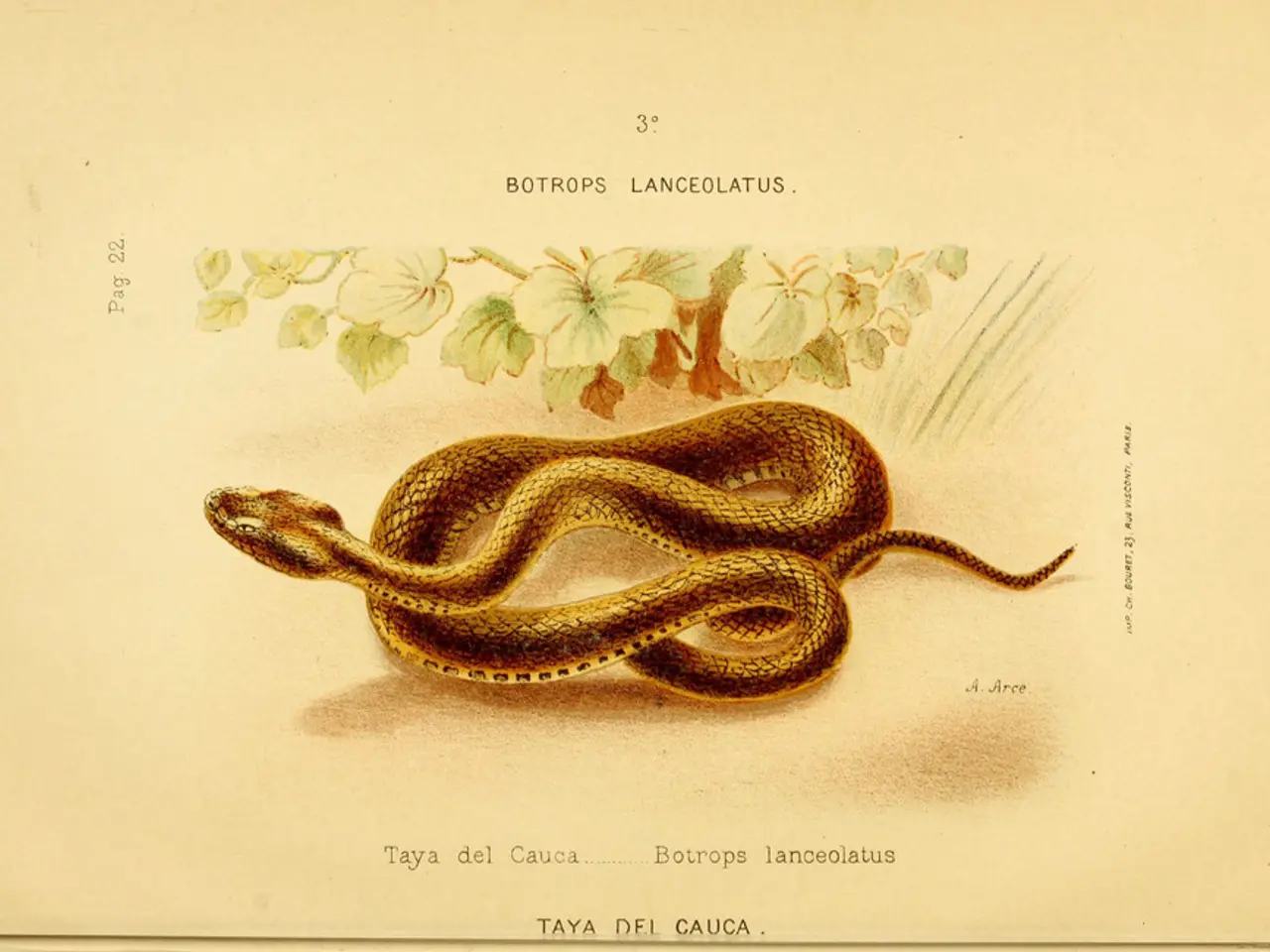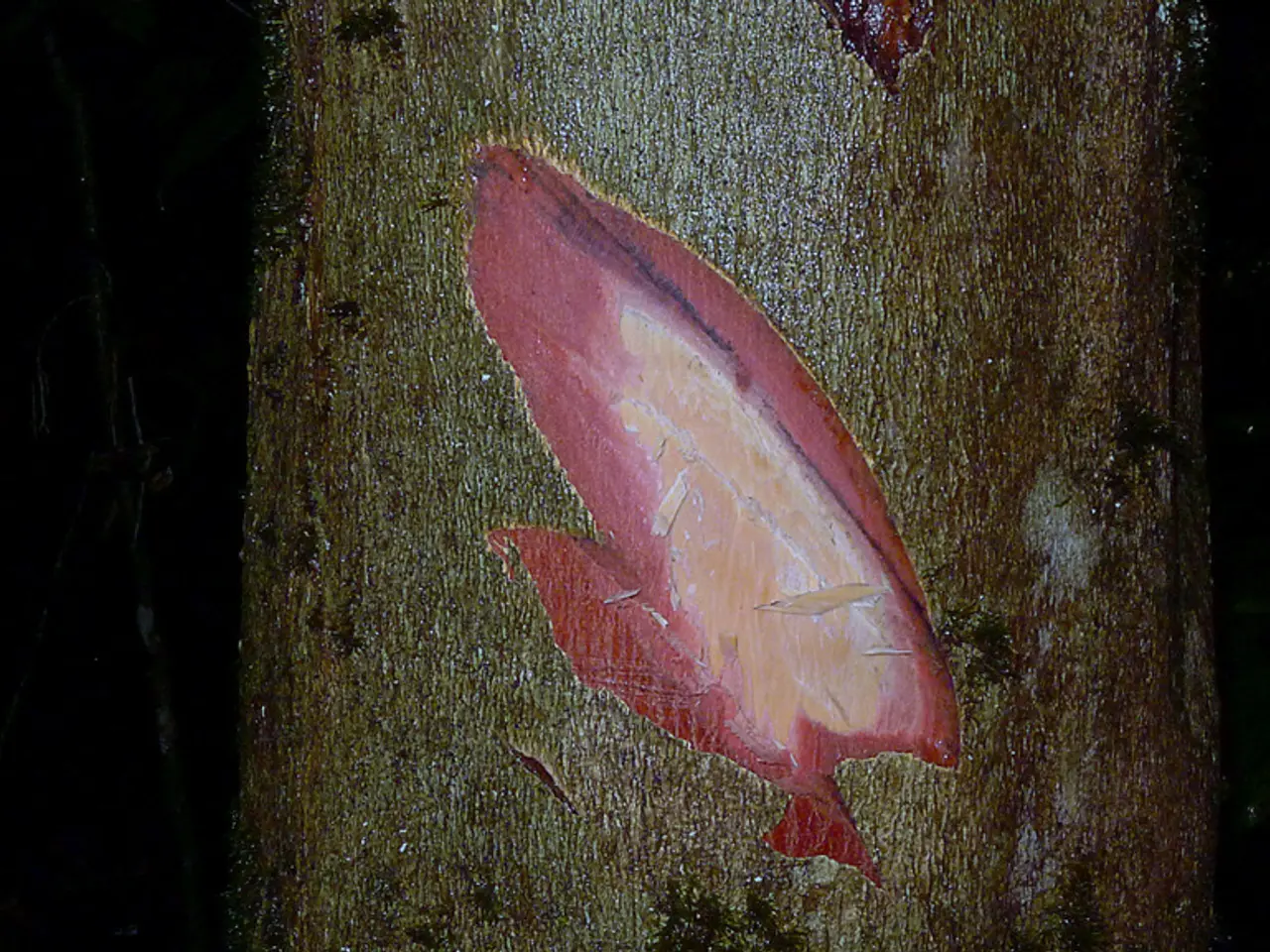Top 8 Deadliest Flora Found on Earth
In our natural world, there are plants that, while beautiful and seemingly harmless, hold a deadly secret. Here, we delve into the list of the most dangerous poisonous plants that every individual should be aware of.
Oleander (Nerium oleander)
This common decorative plant, found in gardens and parks worldwide, is extremely toxic at all times of the year. Ingestion or even smoke exposure from burning can cause poisoning in humans and animals. The toxins present in oleander, such as oleandrin and neriine, are potent enough to affect humans even through honey made by bees that have ingested oleander nectar.
The Tree of Death (Hippomane mancinella)
Also known as the manchineel tree, this native of Mesoamerica and the Caribbean Sea islands is highly poisonous. Its sap can cause burns, blisters, and eruptions on the skin, and if ingested, it can lead to severe vomiting, diarrhea, and death.
White Snakeroot (Ageratina altissima)
This North American herb is responsible for the death of Abraham Lincoln's mother, Nancy Hanks, due to its poisonous alcohol content called trematol. When consumed by livestock, it can produce deadly milk for its consumers. The toxin can be passed to humans through poisoned cattle meat and milk, causing symptoms such as loss of appetite, nausea, weakness, abdominal discomfort, reddish tongue, abnormal blood acidity, and mortality.
Castor Oil Plant (Ricinus communis)
The seeds of this plant contain a toxic substance that can cause severe health problems if ingested, including liver and kidney damage, and even death in large quantities.
Rosary Pea (Abrus precatorius)
The seeds of the Rosary Pea contain a highly deadly protein called Abrin. If scratched, fractured, or bitten, the seeds can be lethal.
Deadly Nightshade (Atropa belladonna)
This flower is one of the most lethal for humans. It contains atropine and related alkaloids, which can cause hallucinations, seizures, and death in high doses.
Lily of the Valley (Convallaria majalis)
This plant contains hazardous components called cardiac glycosides. These can affect heart rhythm and be fatal.
Vulgar Dracunculus (Dracunculus vulgaris)
While generally less lethal than others listed, this plant, also known as Stink Lily, Voodoo Lily, and Snake Lily, is toxic if eaten and can induce skin damage or allergic reactions just by touching it.
It is crucial to avoid ingestion and unnecessary contact with these species, especially around children and pets. Some deadly plants like the manchineel tree are considered among the most hazardous due to their extreme toxicity through touch and inhalation, even without ingestion. Always exercise caution when encountering unfamiliar plants in nature, and remember, knowledge is the best defense against potential harm.
In addition to these dangerous plants, fruit from the apple seed (containing amygdalin) and the pits of cherries, plums, and apricots (containing cyanide) can pose health risks if ingested in large quantities. Vegetables like tomato leaves (containing solanine) and potato sprouts (containing solanine and chaconine) should also be avoided. Knowledge about medical-conditions and health-and-wellness is essential to identifying the symptoms associated with poisoning from these plants, such as nausea, diarrhea, seizures, and irregular heartbeat. Thus, understanding the science behind these toxic plants can aid in maintaining a healthy and wellness lifestyle. Moreover, seeds of certain flowers, such as the Rosary Pea, should be treated with care as they can potentially be fatal if mishandled due to the presence of the deadly protein Abrin.




